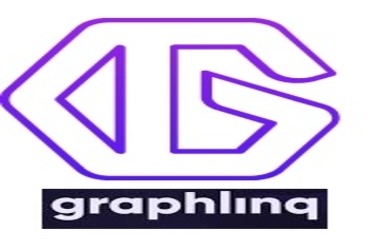
GraphLinq’s Dedication to No-Code Automation:
Since its establishment in early 2021, GraphLinq has remained committed to advancing no-code automation and Web3 development. The GraphLinq IDE, boasting over 300 logical blocks, empowers users to effortlessly orchestrate on-chain/off-chain automation triggered by events. Whether deploying tokens, creating NFT smart contracts, or building AI bots, users can accomplish these tasks without the need to write a single line of code.
Unprecedented Automation Levels with Intent AI LLM:
The latest addition, GraphLinq Intent AI LLM, elevates automation to unprecedented levels. This integration enables users to communicate with the IDE through natural language, streamlining the creation and execution of intricate automation processes. With support for over 300 logical blocks and major blockchains such as Solana, Polygon, Ethereum, BNBChain, and more, the potential applications become virtually limitless.
Empowering Users with Conversational Language:
GraphLinq Intent AI serves as the bridge between human language and algorithmic execution. The seamless integration of conversational language with an intuitive interface empowers users to deploy and manage various types of automation effortlessly, eliminating the need for traditional methods like dragging-and-dropping. Jr00t, CEO at GraphLinq, emphasizes the significance of this advancement in simplifying the user experience.
Enhanced User Interaction and Sample Prompts:
The user experience is further enhanced through sample prompts that showcase the versatility of GraphLinq Intent AI. Users can instruct the AI to create graphs monitoring Solana blocks, send BTC prices to Telegram channels, or deploy ERC20 tokens across multiple EVM blockchains—all achieved through simple conversational prompts. This feature not only simplifies automation but also leverages Large Language Models (LLMs) to enhance user interaction, ensuring a comprehensive understanding and adaptation to diverse domains.
Intent AI’s Graph-Based Structure:
GraphLinq’s Intent AI employs a graph-based structure, contributing to comprehensive understanding and adaptability across diverse domains. This unique approach creates a more intuitive and engaging experience for users, positioning GraphLinq at the forefront of advancements in Large Language Models for Web3 development.
Conclusion:
With the introduction of GraphLinq Intent AI, GraphLinq propels Web3 development into a new era of accessibility and innovation. The integration of a revolutionary Large Language Model within its IDE signifies a significant leap in automating complex tasks across blockchains, establishing GraphLinq as a trailblazer in the evolving landscape of no-code automation.